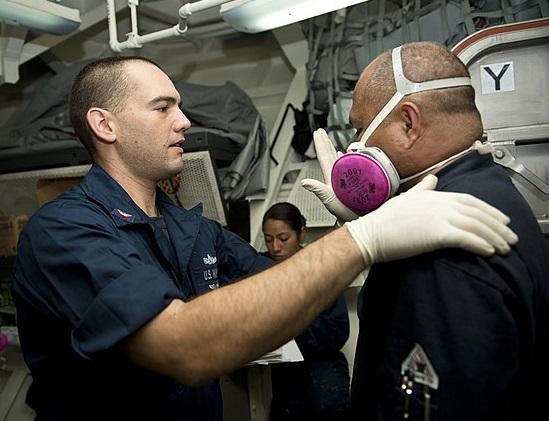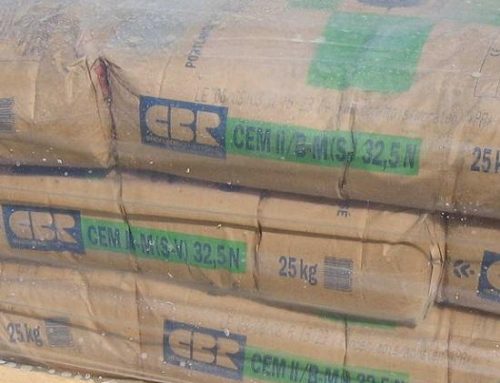Proper respiratory protection is very important in the workplace. One aspect of this is ensuring that respirators fit properly, which is where respirator fit test requirements come into play. Fit testing is an essential step in ensuring that a respirator is the right fit for an individual, and it is required by OSHA for employees who are required to wear respirators on the job.
According to OSHA, fit testing must be performed before an employee is first issued a respirator, and then at least annually thereafter. The fit test must also be performed whenever there is a change in the employee’s physical condition that could affect the fit of the respirator, such as significant weight gain or loss, facial surgery, or dental work. Employers are also required to provide respirator fit testing to employees at no cost.
The rationale behind fit testing is to ensure that the respirator is the right fit for the individual employee and that it will effectively protect them from inhaling harmful substances in the workplace. A proper fit is essential for the respirator to function as intended, and without fit testing, an employee may not be properly protected. This is why OSHA requires fit testing to be performed before an employee is first issued a respirator, and then at least annually thereafter.
The fit test requirements are important for employers to follow, not only to ensure that the respirator is the right fit for the individual employee, but also to ensure compliance with OSHA regulations. Employers who fail to comply with OSHA regulations may be subject to penalties and fines. Therefore, it is important for employers to take the necessary steps to ensure that fit testing is performed in accordance with OSHA regulations, and to keep records of the test results for each employee.
It is important for employers to understand the difference between qualitative and quantitative fit tests. Qualitative fit tests rely on the employee’s sense of taste, smell, or irritation in response to a test agent, while quantitative fit tests use a machine to measure the amount of leakage into the respirator. Employers should consider which method is the most suitable for their workplace, taking into account budget and resources.
Employers should also ensure that employees are properly trained on how to use and maintain their respirators, as well as how to perform a fit test and user seal check. The user seal check is a simple check that can be done by the employee each time the respirator is worn to ensure a proper fit, and it’s important that employees understand how to do it properly. This can help to ensure that the respirator is being used and maintained correctly, which can lead to increased safety and effectiveness.
In conclusion, respirator fit test requirements are an essential part of ensuring that employees are properly protected in the workplace. Employers should ensure that fit testing is performed in accordance with OSHA regulations, and that employees are properly trained on how to use and maintain their respirators, and how to perform fit tests and user seal checks. By following these requirements and guidelines, employers can help to protect their employees from inhaling harmful substances in the workplace and improve safety.










